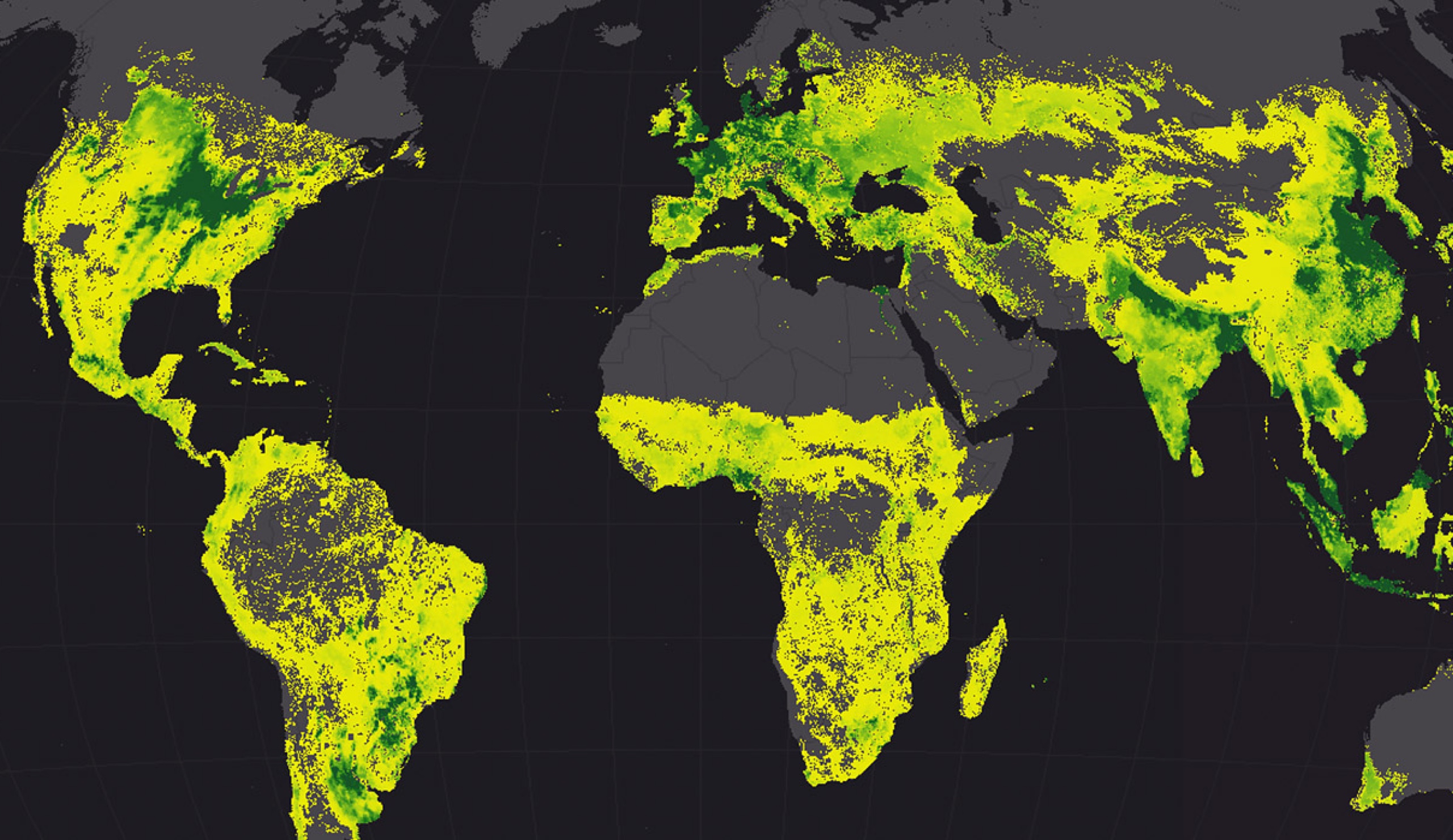

October 27, 2017

Ordnance Survey Ireland (OSi), the national mapping agency of Ireland, has undergone a digital transformation that includes great efficiency gains in mapmaking processes, and the creation of a one-stop shop called GeoHive to collect and serve the government’s spatial data across departments. These changes now form a backbone of capability to take mapping to a whole new level.
GeoHive aligns with the broader trend across governments worldwide to open data and make the data that drives public policy more transparent and accessible.
“There is a significant drive to improve access to public sector information for both citizens and organizations,” Tony Murphy, business and marketing manager at OSi, said. “Ireland’s public-sector reform plan and the technology strategy both set goals to improve sharing of government information.”
Open Integrator
Because everything happens somewhere, location provides a natural integration point for a great deal of data. Disparate data can be pulled together around a common location to reveal new insights. This ability allows users of geographic information systems (GIS) to query the past and apply spatial analysis to understand patterns to predict the future.
These integrative and analytical capabilities make the national mapping agency a natural focal point for all the data that defines the nation. OSi has parlayed this natural integration function to serve 439 layers of map data from 29 data providers via their freely available online platform GeoHive.
Given OSi’s successful track record on opening their data, and facilitating the sharing of information across all government departments, the Central Statistics Office (CSO) has recently teamed with OSi to open the data from the country’s Census. A new data sharing site makes newly released 2016 Census data openly available through the site, helping policy makers, researchers, academics and the public with queries about the people of Ireland. The data provides a wealth of details such as population, age, race, gender, housing, education, skills, and employment.
“We are committed to exploring new ways of breathing life into our data and providing greater insights for decision makers,” said Pádraig Dalton, director general, Central Statistics Office, Ireland. “The combination of location and geography data with statistics provides powerful insight.”
Addressing Initiatives
Ireland and Kenya co-facilitated negotiations of the United Nations 17 Sustainable Development Goals that resulted in the agreement titled, Transforming Our World: The 2030 Agenda for Sustainable Development. This effort builds upon the UN’s Millennium Development Goals by breaking down each goal into set targets that can be monitored to mark progress and make the world a better place.
The capabilities of the GeoHive platform, coupled with CSO’s statistical information about Ireland’s population, made the country a natural selection for a United Nations-sponsored research exercise to put these targets into practice. Each of the 17 goals are backed by 169 targets that outline specific actions to achieve each goal. These targets in turn are being mapped to regional and national levels to help policy makers adapt these goals to local conditions.
The research exercise recognizes the need for timely, open, accessible, and understandable data. This aligns with the capabilities of Esri’s ArcGIS Online technology platform, which forms the core capabilities of Ireland’s GeoHive.
GIS allows countries to collect, analyze, and store the geospatial data required to monitor progress toward goals such as poverty eradication, safe water supplies, biodiversity, and sustainable cities. The platform approach supports data-driven decision making by making the data open, usable, and visual.
“The partnership between the CSO and OSi is long established and was recently underpinned by a commitment to collaborate in relation to the visualization of statistical outputs from Ireland 2016 Census,” Colin Bray, Chief Executive at OSi, said. “We’ve now published certain geographies as Linked Open Data, fulfilling Ireland’s reporting responsibilities under the United Nations 2030 agenda for Sustainable Development.”

Tackling Poverty
OSi is working with partners across the public sector in Ireland to overlay and integrate national and global data around the UNSD goals. Goal number one, eradicating poverty, is of particular interest in Ireland as the country was particularly hard hit by the recent recession. GeoHive becomes a hub to share data, knowledge and best practices around this and the other UNSD goals, to measure progress toward individual steps, and the overall outcomes.
Ireland added small area boundaries to their Census in 2006, and since then the 2011 and 2016 Census have added data at this new more local level. This granular level of geography puts Ireland at an advantage to understand the problem and to pinpoint services directly to those in greatest need while protecting the individual’s right to privacy.
Together, OSi and CSO are exploring and sharing the resulting geostatistical data. They are drilling into the data to look at unemployment rates and disparities of employment for different skills. This reveals where spatial inequalities still prevail in disadvantaged areas of cities and more isolated rural areas.
Understanding where inequalities persist will help Ireland tackle stubborn patterns, and local solutions will help job seekers get work so their families can thrive.
“Using today’s tools, you can navigate a time series to drill into change over time,” Lorraine McNerney, general manager, geospatial systems, OSi, said. “It’s a new view of the data that allows us to look at patterns and measure progress.”
View a series of story maps that present data and maps regarding the Sustainable Development Goals for Ireland.
Read More
This story is the third of a three-part series on Ordnance Survey Ireland’s map modernization transformation. The first story details OSi’s retooling efforts. The second story in the series highlights lessons learned from OSi’s digital transformation, and recent partnerships that drive collaboration across government.


